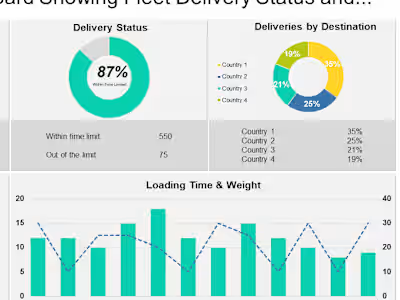Product Data Analysis for E-commerce Site
Product data analysis for e-commerce sites is crucial for understanding customer behavior and optimizing sales performance. By analyzing product data, e-commerce sites can identify trends, track performance metrics, and make data-driven decisions to improve customer satisfaction and increase revenue.
Key features of product data analysis for e-commerce sites:
Sales Performance Metrics: Product data analysis can provide insights into sales performance metrics such as conversion rates, average order value, and customer retention rates. This information can help e-commerce sites optimize their sales strategies and improve overall performance.
Product Performance Metrics: E-commerce sites can analyze product data to understand how specific products are performing, including sales volume, margins, and popularity. This information can help sites identify opportunities for upselling, cross-selling, and product optimization.
Customer Behavior Metrics: Product data analysis can also help e-commerce sites understand customer behavior, including browsing patterns, purchase history, and product preferences. This information can help sites personalize their marketing strategies and improve customer retention.
Competitive Analysis: E-commerce sites can use product data analysis to track their competitors' products and pricing strategies. This information can help sites optimize their pricing strategies and stay competitive in the market.
Data Visualization: Product data can be presented in a visual format, such as charts or graphs, to help e-commerce sites quickly identify trends and patterns in the data.
Overall, product data analysis is an essential tool for e-commerce sites to understand customer behavior, optimize sales performance, and stay competitive in the market. By leveraging product data analysis, e-commerce sites can make data-driven decisions to improve customer satisfaction and increase revenue.
Like this project
Posted Apr 12, 2023
Conducted extensive data cleaning, preprocessing, and analysis on over 10,000 SKUs resulting in identification of products and optimization of pricing strategy.







